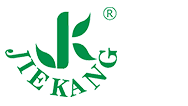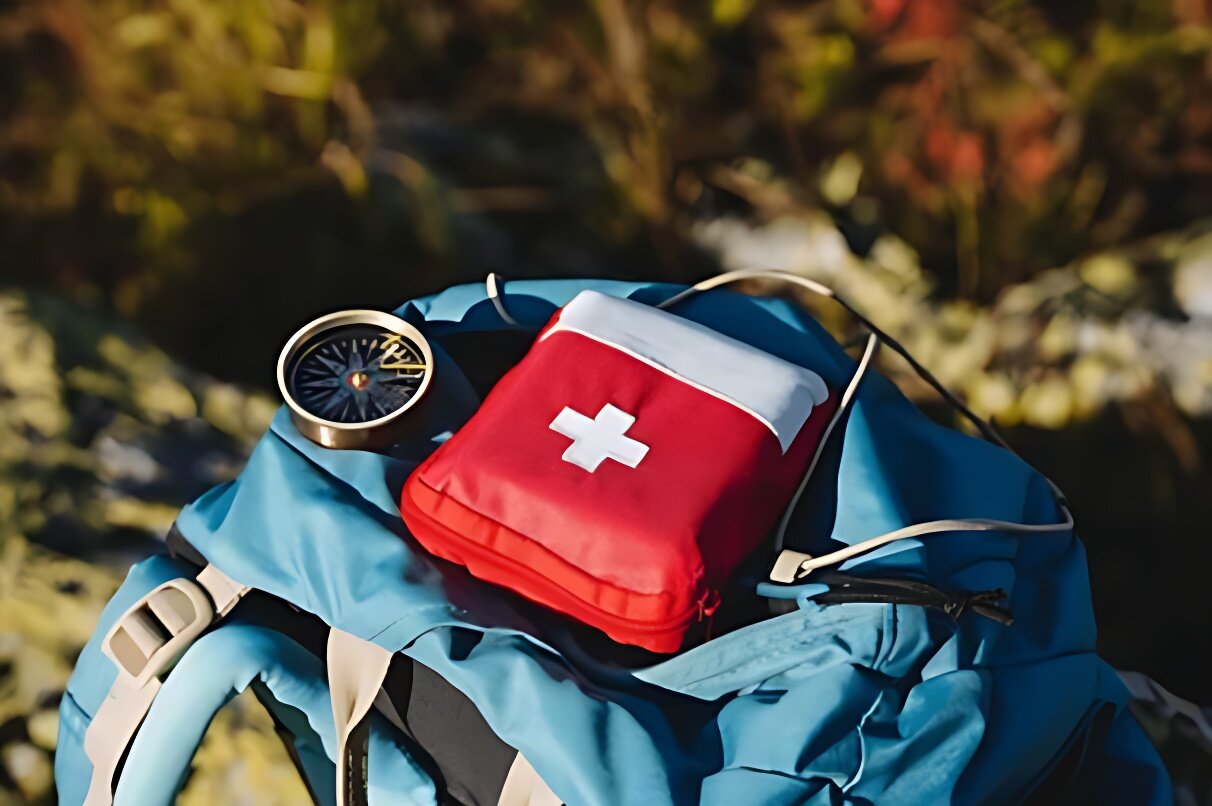Introduction: Why First Aid Kits Matter More Than Ever
In an emergency, timing is everything—and the first 10 minutes can determine the outcome. Whether you’re at home, on the road, hiking in the woods, or working on a construction site, a well-stocked first aid kit can be the difference between temporary discomfort and permanent damage.
Yet many people either don’t have a first aid kit, or they’re relying on one that’s outdated, incomplete, or poorly organized.
In this guide, we’ll walk through:
- The core components every kit should have
- How to build a kit tailored to your environment
- Pro tips for storage, inspection, and use
- Why rescue professionals choose modular and waterproof kits
- Where to source high-quality, affordable solutions
Let’s make sure you’re ready when every second counts.
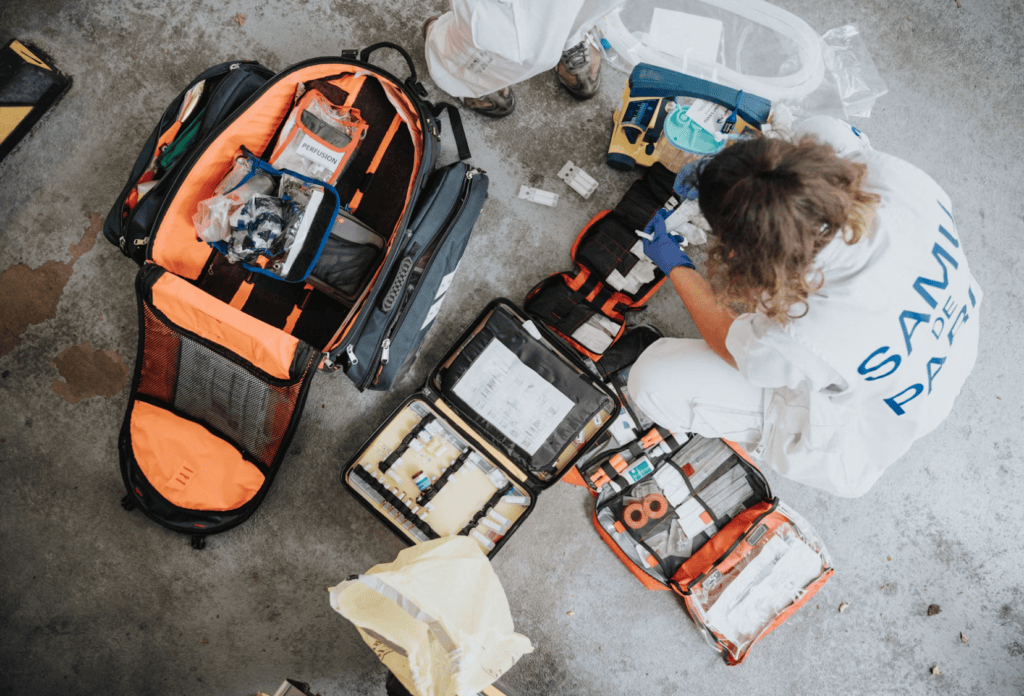
What Is a First Aid Kit?
A first aid kit is a portable collection of medical supplies used to give immediate care in response to minor or moderate injuries before professional help arrives. Kits vary in size and complexity—from pocket-sized pouches for hikers to full trauma cases for emergency responders.
At its core, a good first aid kit offers:
- Quick access to wound care
- Support for burns, bites, and sprains
- Temporary stabilization of more serious trauma
- Simple tools for CPR or immobilization
Jiekang offers first aid kits in multiple formats, designed to serve families, offices, vehicles, and field medics alike.
Core First Aid Kit Components (Must-Haves)
No matter the size or destination, every kit should include the following essentials:
1. Wound Cleaning and Antiseptics
- Alcohol pads
- Iodine swabs
- Antiseptic spray or wipes
Purpose: Prevent infection in cuts, scrapes, or open wounds.
2. Bandages and Dressings
- Adhesive bandages (various sizes)
- Sterile gauze pads
- Elastic wraps
- Medical tape
Purpose: Control bleeding, shield wounds from contaminants, and immobilize joints.

3. Pain and Fever Relief
- Ibuprofen or acetaminophen
- Cold compress pack
- Burn relief gel
Purpose: Address minor pain, swelling, or burns before medical evaluation.
4. Tools and Accessories
- Scissors
- Tweezers
- Safety pins
- CPR face shield
- Gloves (nitrile or latex-free)
- Thermometer
Purpose: Enable safe, hygienic, and accurate application of treatment.
5. Emergency Response Items
- Emergency blanket
- Whistle
- Flashlight (with batteries)
- Instruction booklet or QR code to video guide
Used in extreme weather, shock prevention, and outdoor response.

Specialized Additions for Specific Use Cases
Depending on your lifestyle or environment, you may need to add:
For Outdoor Enthusiasts:
- Insect sting relief
- Water purification tablets
- Snake bite suction kit
- Moleskin for blisters
For Families with Children:
- Child-sized bandages
- Digital thermometer
- Pediatric fever meds
- Hydration sachets
For Workplaces:
- Eye wash solution
- Burn dressings
- Triangular bandages
- Safety information sheet & OSHA log
Looking for a compact yet complete solution? Check out our curated rescue equipment kits that include multi-scenario supplies in durable cases.
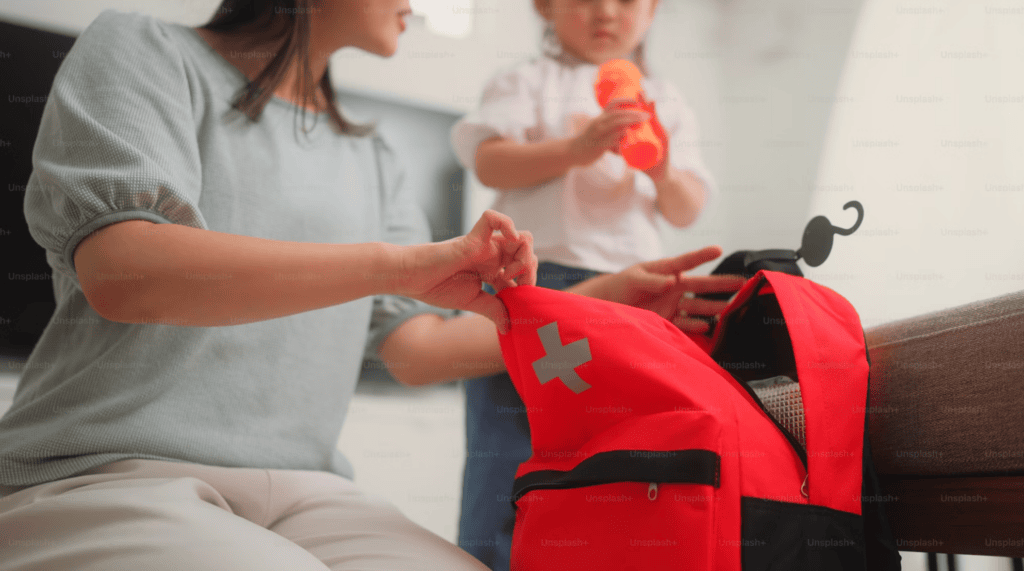
Choosing the Right Kit for Your Needs
Here’s a breakdown to help you match kit type to your use case:
| Kit Type | Best For | Key Features |
|---|---|---|
| Home Kit | Households | Includes fever meds, gauze, scissors, tweezers |
| Vehicle Kit | Cars, RVs | Compact, shockproof, emergency blanket |
| Outdoor/Travel Kit | Camping, hiking | Waterproof case, insect relief, torch |
| Workplace Kit | Factories, offices | OSHA compliance, burn care, eyewash |
| Trauma Kit | EMT, rescue teams | Tourniquet, CPR tools, splints, gloves |
Need to equip a full facility or team? Our stretcher companies page offers procurement options and supplier support for volume purchases.
Storage & Inspection Tips
A great kit is only helpful if it’s ready and reachable. Follow these tips:
- Store kits in visible, accessible locations
- Keep away from moisture and direct sunlight
- Check expiration dates every 3–6 months
- Restock after every use—don’t “borrow” from it casually
- Add a laminated checklist inside the kit for quick inspection
Pro tip: Assign one person per vehicle or shift to oversee monthly checks.
First Aid Training: The Kit Is Only Half the Battle
Supplies are just one side of the equation. Knowing how to use them—calmly and correctly—matters even more.
Consider:
- Taking a basic first aid and CPR course
- Watching instructional videos for each item
- Practicing drills with your team or family
Real Story: When a Kit Saved a Life on a Roadside
In August 2023, a customer in Thailand reported that a Jiekang first aid kit helped stabilize a motorcyclist hit by a delivery truck.
The driver used the emergency blanket, elastic bandages, and CPR mask while waiting 18 minutes for responders to arrive. The local EMS confirmed that early bleeding control likely prevented hypovolemic shock.
That’s the value of being ready—not when things are convenient, but when they aren’t.
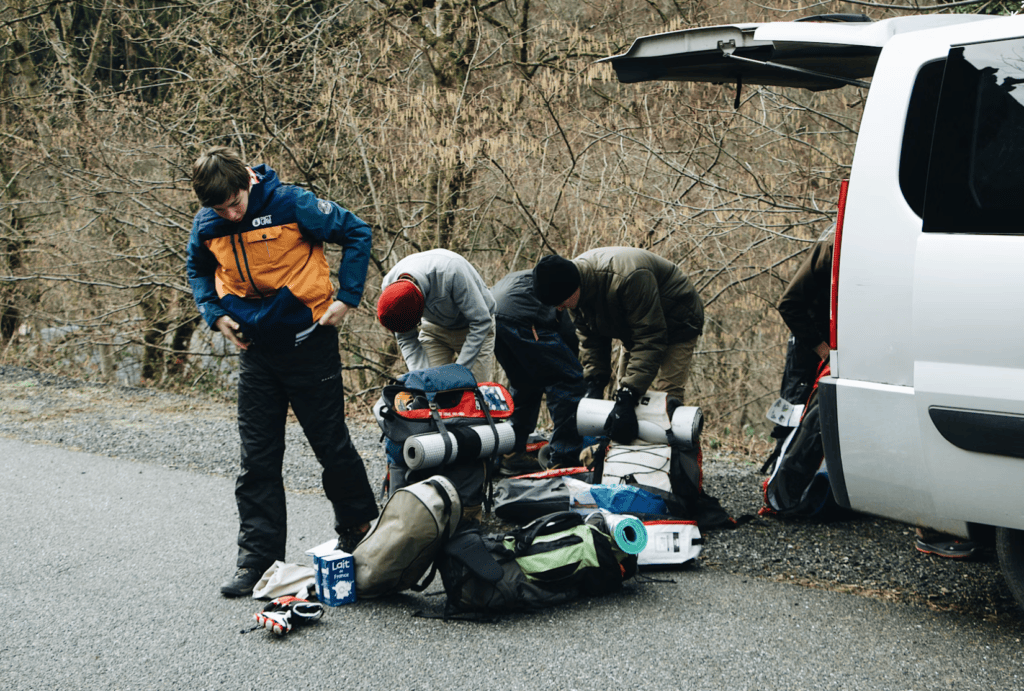
Why Choose Jiekang First Aid Kits?
Our kits are trusted by:
- Fire departments, clinics, and civil defense teams
- Outdoor retailers and survival instructors
- Construction firms and shipping fleets
Jiekang first aid kits are:
- Designed with modular layouts for speed and ease
- Packed with certified, latex-free materials
- Housed in durable waterproof cases
- Backed by our lifetime service commitment
Ready to Equip Your Team?
Don’t wait until the next emergency to realize what you’re missing. Whether you’re protecting your family, your employees, or our rescue team, the right first aid kit is non-negotiable.
Get in touch with us to explore kit options, get a quote, or request a tailored package.
